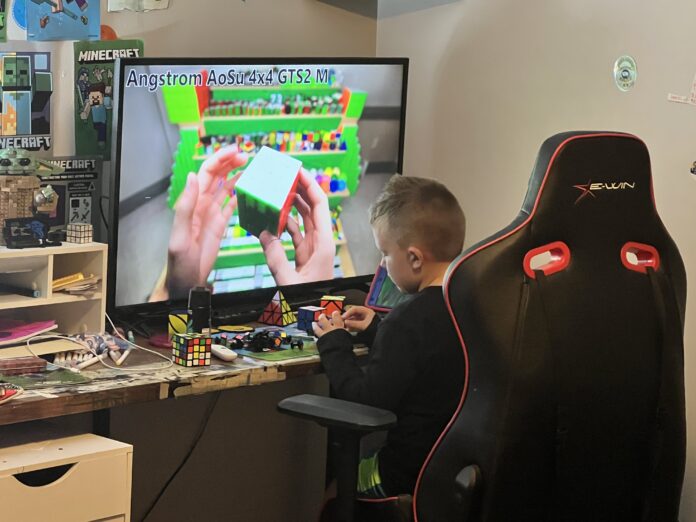Steeped in curiosity, children have an innate desire to learn and grow and are especially hungry for knowledge that challenges them. Learning is an end in itself for children and one of the few things in life that brings about joy and pleasure. Moreover, children themselves are very efficient learners – they can learn a lot before they are even two years old.
However, as kids grow up, their sense of curiosity is often lost. They quickly grow tired of one thing and move on to the next new thing. In addition, their curiosity often gets suppressed by education systems and their increasing focus on getting high grades.
Fortunately, we can help cultivate a lifelong love of learning in our children by exposing them to various exciting and engaging things. Today I will share 7 things I do with my kids that I am hoping keep them wanting to learn for years to come.
Strategies To Help Young Kids Cultivate A Lifelong Love Of Learning
1. Stimulate Their Curiosity With Children’s Books
There are so many books out there. You first have to figure out what your child is interested in then go from there. Books can be a medium that can help you express your love of learning in your child. Children are born with the instincts to learn new things. If they are exposed to something that fascinates them, they will be more likely to know about it over time.
Make sure you are reading to your child from the beginning of their lives. Take it in turns with your spouse to read chapters out loud and let them get excited about some of the characters in the book. It helps when you have collections of children’s books in your house – with some being old favorites and some being new discoveries that you would like to explore together as a family.
Books my kids love….



Books you will love too
- Goodnight moon (Get on Amazon)
- Chicka Chicka Boom Boom (Get on Amazon)
- Giraffes Can’t Dance (Get on Amazon)
2. Guide Your Kids in Finding Their Passion and Interests
If your child is interested in something, you can try to find various ways to help them learn more about that topic. You must nurture their interests, even if it may seem too far-fetched for them at first. For example, if they are interested in animals when they are young, you can buy books about animals and their habits. If they like to draw, there are coloring books for all ages that can foster their creativity as they learn more about whatever interests them.
You can also get them a subscription to a magazine about the topic or give them access to YouTube videos on the subject. Let them engage with the world, and let their curiosity and passion lead them to discoveries and interests. If you actively embrace your child’s interests, they will be more likely to develop lifelong habits of fascination with the world.
For my son its science and Rubik Cubes….
I have used Outschool website to do online science courses right at home, I use Pinterest to find cool experiments, we check out all the cool science type kid Youtube videos we can find to try new things I wouldn’t even think to try.
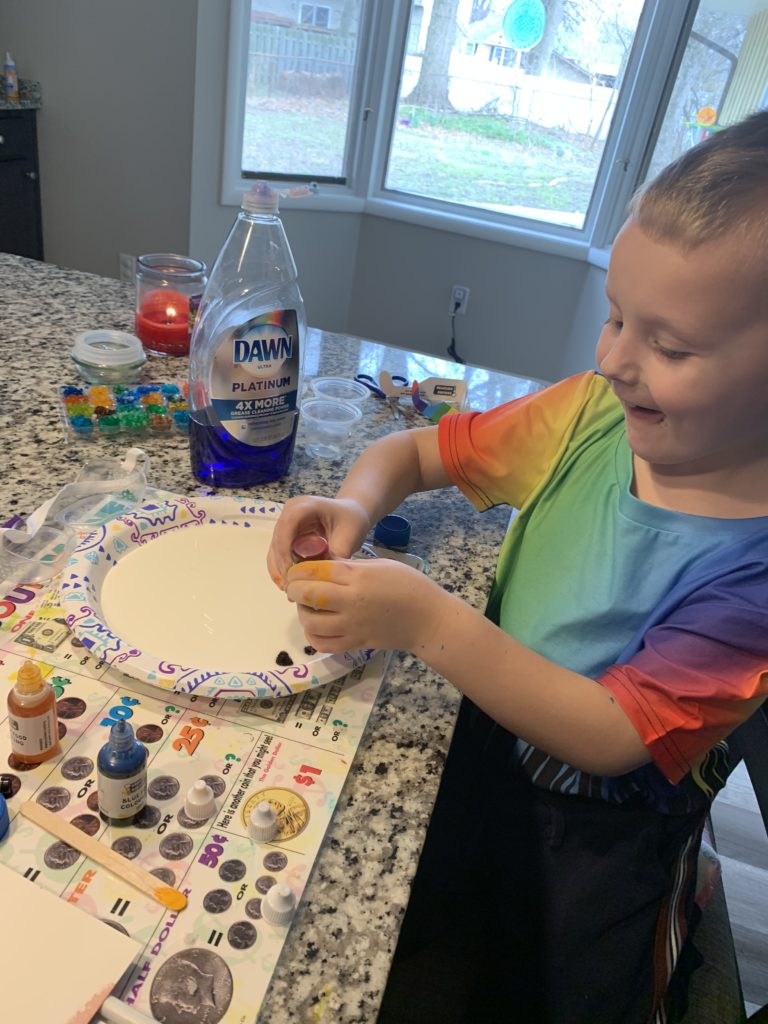
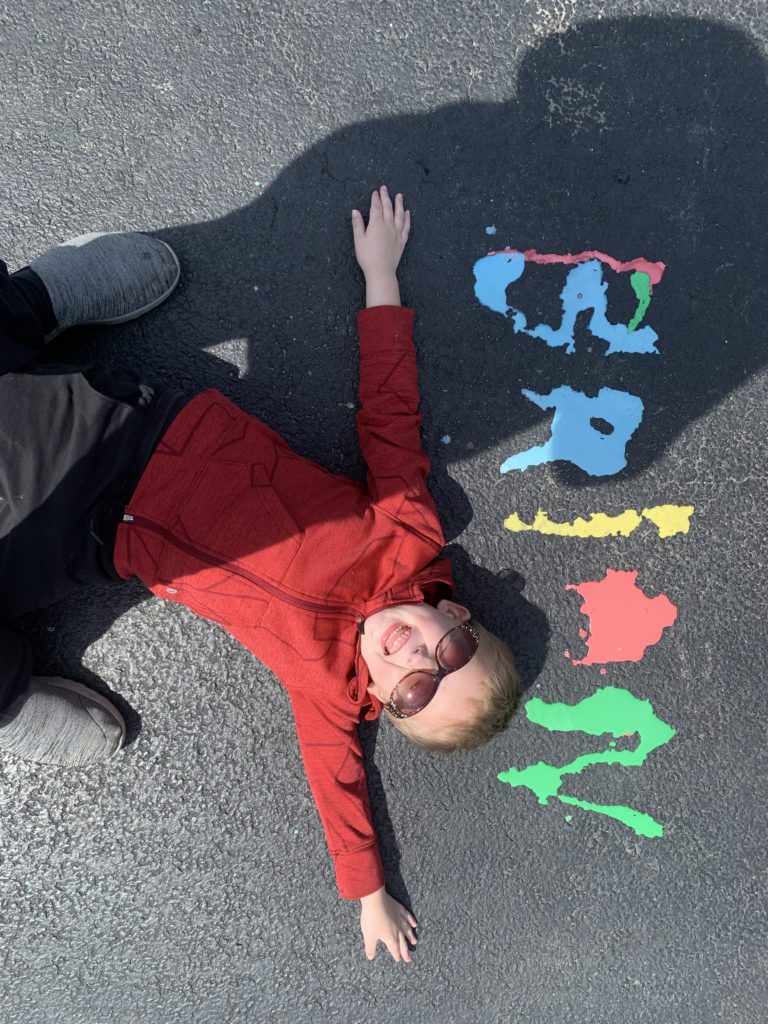
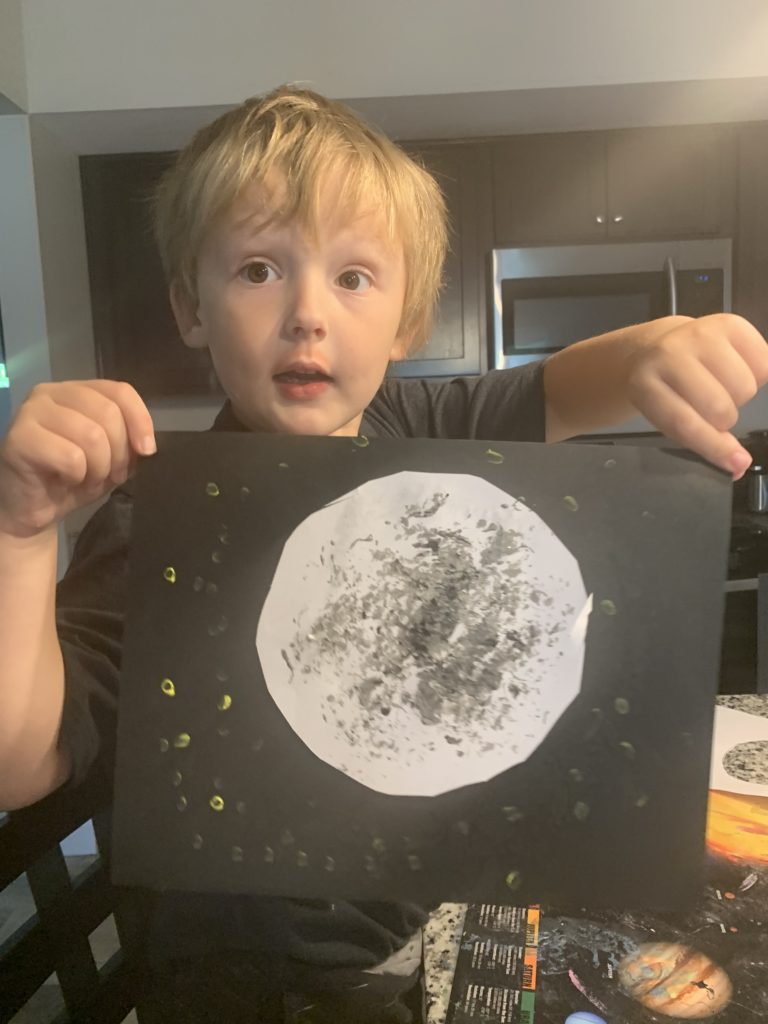
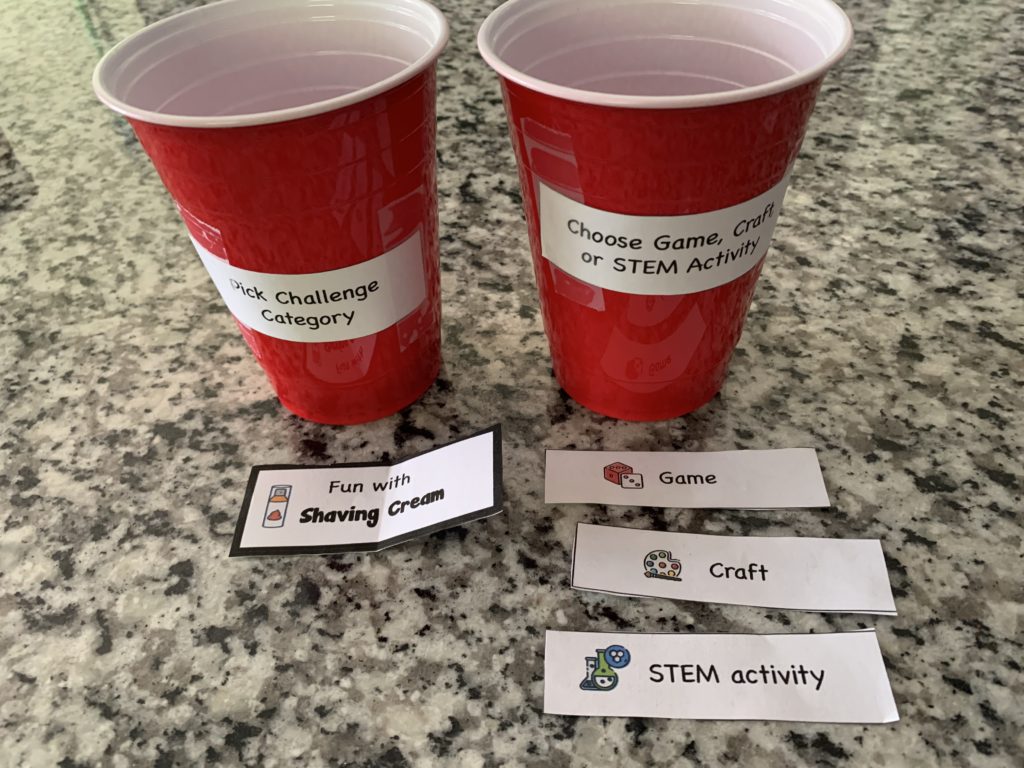
Craft, Game and STEM Bucket List Challenge Activity Booklet
The Game, Craft, and STEM activity challenge booklet is used like a bucket list that can be customized based on which of the 30 activities you want to do.
Learn more about this program and explore games crafts and STEM activities with your kids
3. Let Your Kids Know Your Passion
As much as you can, share your own interests and passion with your children. When you feel like it is necessary to do so, share your hobbies with them. For my husband its guitar, so he plays songs for them and it lets them see how he interacts with things and helps them learn from the stage while giving them a greater appreciation for it—showing your enthusiasm for learning sparks the same enthusiasm in your kids.
Keep yourself engaged in many ways and allows your child to be part of it. For example, if you are learning a new passion like cooking or photography, talk to them about it and tell them the excitement and the challenges you encountered.
For my husband its guitar, both of my kids have showed interest my daughter the most…
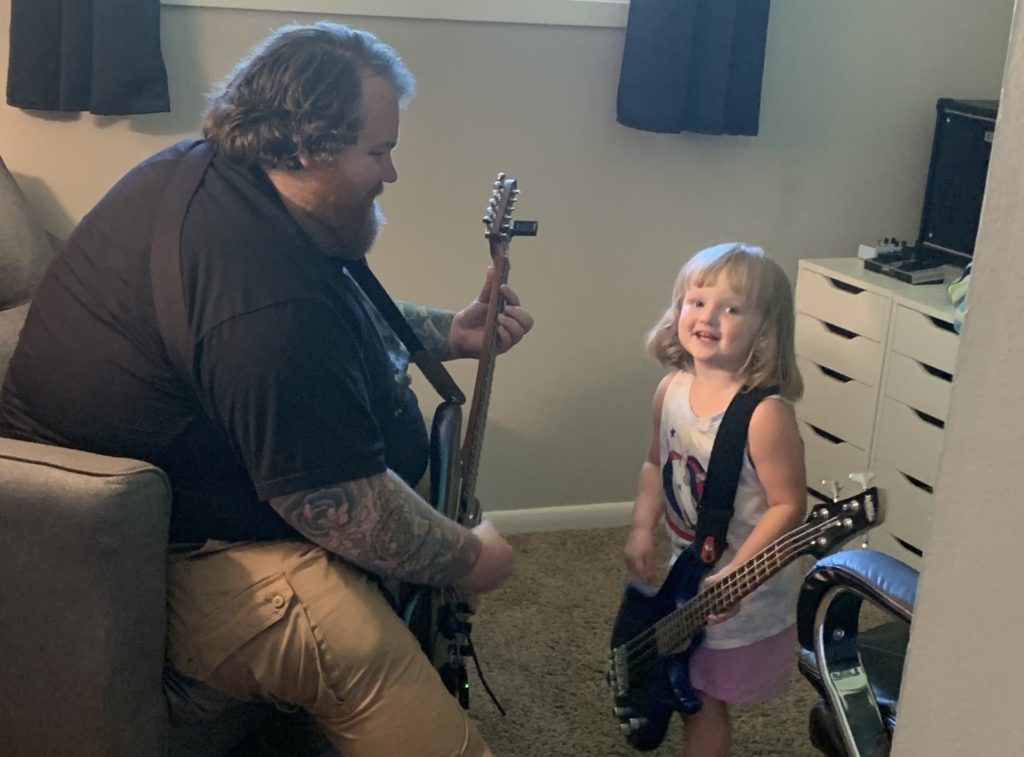
4. Give Your Child Opportunities To Partake In Learning Experiences
At a very young age, you can give your child the ability to enjoy meaningful learning experiences. For example, giving them the chance to help you with chores around the house can be an excellent way for them to see where their life is going in the future – and how they can make it count. Likewise, when you do things together as a family, like eating dinner or playing games, it is easier for them to build their long-term interests and also learn from those moments.
When teaching your child about academic skills like basic addition, you can have your child count using any object available with you, like pencils and crayons. You can also help your child learn basic multiplication by introducing them to different types of numbers, like the uses of coins. It will help them learn how to apply their skills as they go along.
We used legos with my daughter to help her understand math skills using her Disney princess set.
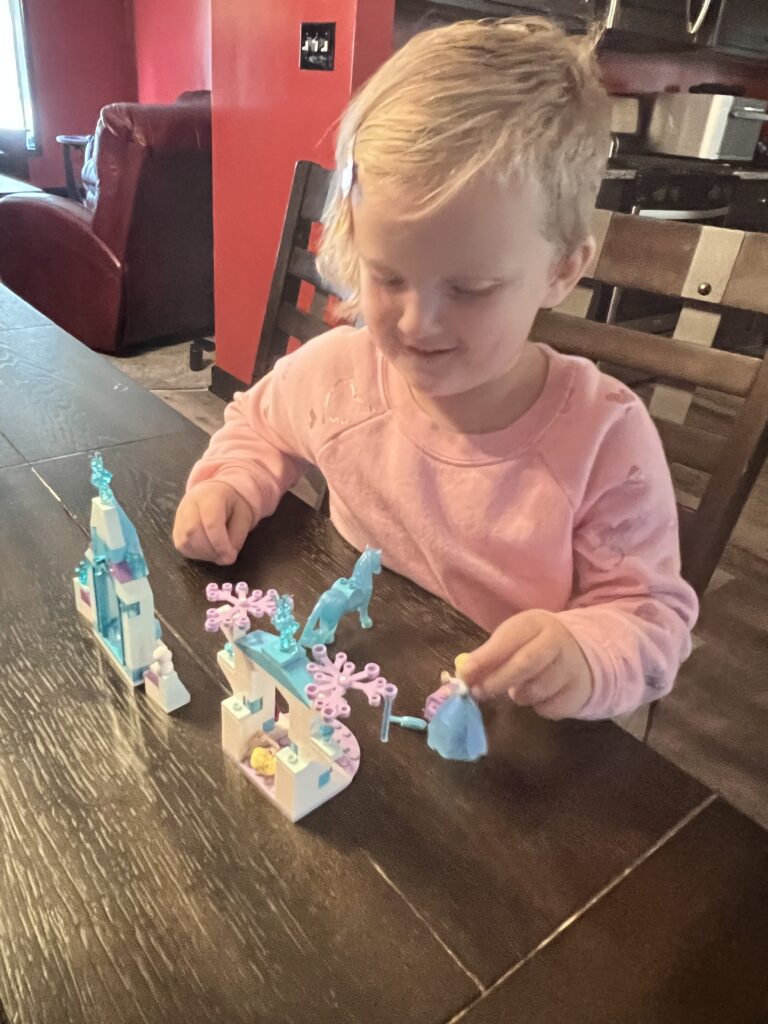
5. Discover Your Kid’s Learning Style
The first step to improving your child’s academic progress is figuring out their learning style. There are many different learning styles for kids, categorizing them into visual learners, auditory learners, and kinesthetic learners. A visual learner is someone who needs to see something to learn it, saying that “seeing is believing.” An auditory learner, on the other hand, needs to hear something for them to understand it. Finally, a kinesthetic learner learns best by doing kinds of stuff with their hands and body.
If you can determine what learning style your child exhibits, you can provide him the resources needed to stay engaged. You help him learn in the most comfortable way.
In my house both of my children are visual learners and it usually isn’t from me showing them. When we need to learn something new off to Youtube we go. For just about every skill we need to learn Youtube has our answers.
If you are struggling to better understand how the different learning styles work and how to identify your children’s best way to learn, consider taking time to build up your own education in this subject. For example, you can take advantage of online courses, training seminars, and reliable guides such as the one created by Danny Swersky on pedagogy and the art of learning.
This knowledge can help you guide your children towards learning more efficiently, and support teachers and tutors in their efforts.
Case in point my son wanted to learn how to solve rubik cubes books were not working so off to youtube he went and now he can solve 5 different cubes.
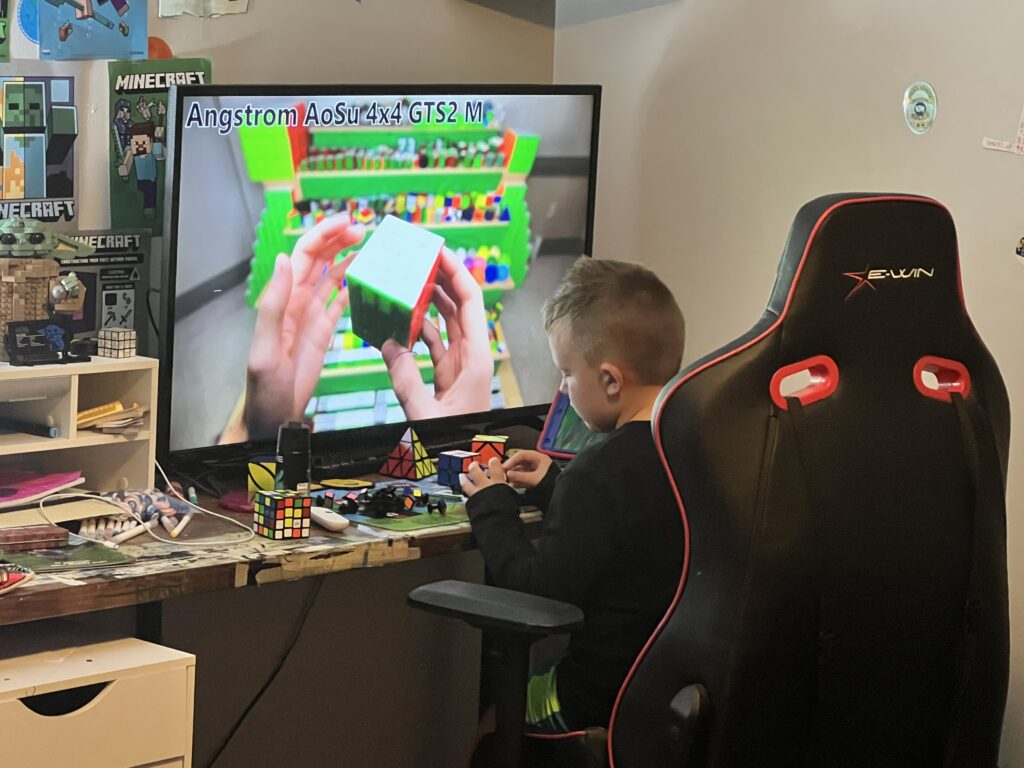
6. Make Learning Fun and Engaging for your Kids
Always let your children have fun while learning. Any time they do something that interests them, they tend to absorb more information with interest. The more they are alert and excited about the exercise, the better their brain will become at it. It is a great way to get the maximum benefit from your child’s academic efforts.
If you get your children involved in their lessons, rather than relying on lectures, it’ll be more fun and effective for everyone involved. Debra Mercora, Superintendent, is a teaching expert who recommends a project-based approach to teaching.
What does this mean? Well, rather than expecting your children to just absorb knowledge through reading or listening, you get them to apply what they’re learning and complete a project. This project can be a small task or a much larger project. You can also adjust your plan according to their age or ability, so a younger child might need a lot more support than a teenager.
The key is to make sure that your lessons are interesting, as this is the only way they’ll want to learn.
For example, if kids are learning about the world’s seven continents, you can provide pictures and ask your kids to state the correct order from largest to smallest continent. You can also incorporate music in teaching science topics like the solar system. For example, create a song about the order of the planets in the solar system. Or, when you are going to tell a story, instead of relying on what is written in the book, you can use humor in delivering the story, thus making it more exciting and engaging to your kids.
For my family its all about including challenges into the learning, hands on using the iPad or using learning toys like colored bears…
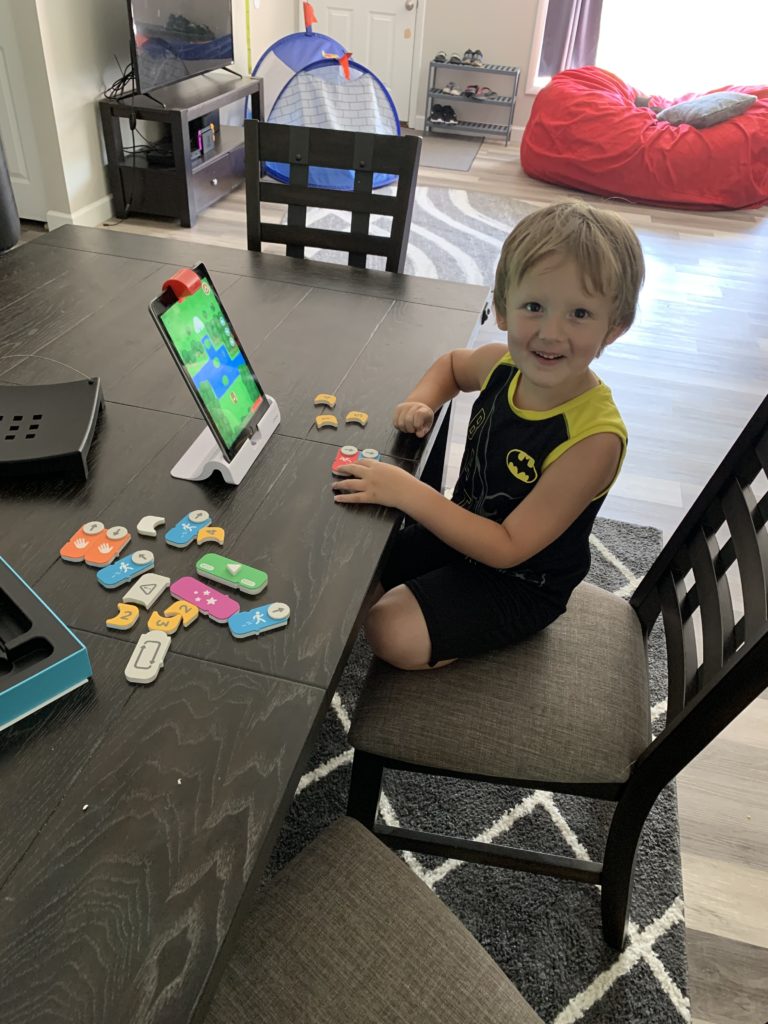
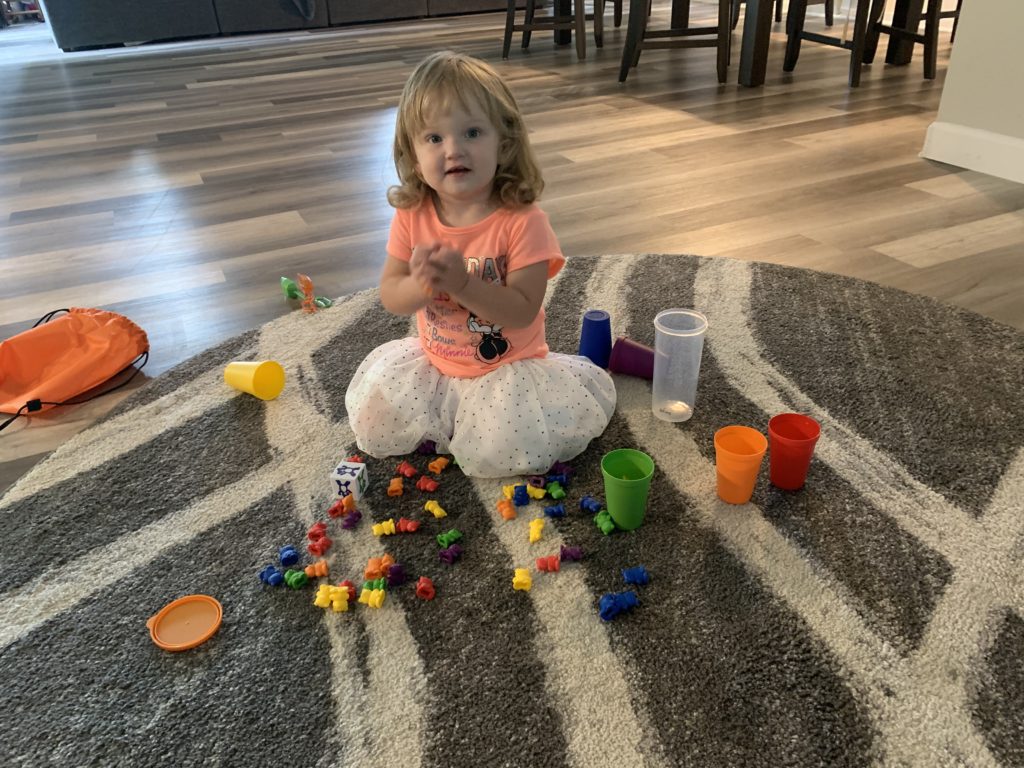
Activities in pictures above…
- Osmo Coding (Get on Amazon)
- Rainbow counting bears (Get on Amazon)
7. Ask Your Kids Open-Ended Questions
Kids love open-ended questions that allow them to connect their thoughts with the reality they see around them. The more your kids are exposed to learning through engaging questions, the better they will become at it. For example, if you are preparing spaghetti, you can ask your child what he thinks spaghetti looks like in real life. You can also ask him what he thinks about why people eat it. Or, when you are teaching kids about animals, you may ask, “Why is Lion considered the King of the Jungle?”
When working on a science experiment, allow your children to ask questions along the way instead of just telling them what is going on.
8. Don’t allow Rewards
Most parents prefer to use rewards when encouraging their kids to learn new things. It is because they believe that giving them some reward will help ignite more enthusiasm in your children. But, psychology has shown that using rewards does not help in improving the learning of a kid. The reason for this is that they interpret the motivation as something they did not enjoy doing.
If your kid is doing something just because he wants to get a reward, he will usually be less enthusiastic about it than if someone wants to learn something of his own accord.
9. Continue Encouraging Education as They Grow
Instilling a love of learning in your children when they’re young is always smart, but it’s important to keep that love of learning going too. Making sure they know they have a range of options available to them and they can take their education in the direction they want will encourage them to take control of their learning. As they get into their teen years, it can be hard for them to resist the peer pressure of thinking that liking to learn isn’t cool. But you can continue to lead them down the right path and show them that they have plenty of options.
When they start to explore careers and further education, don’t limit their choices. Help them explore different colleges and majors, or alternatives to going to college. They might want to look at colleges across the country or even look at possibilities for studying abroad, including reading American International University of Kuwait reviews and information about other colleges. College and their career shouldn’t be the only motivators for learning, but they can help them find the path they want to take.
If you genuinely care about your kids’ future growth and want them to have more than average life, then a child must be given the learning opportunities to develop their minds in a significant way. The best way to help your kids learn is to provide them with a chance to be involved in their own lives. Making learning fun and interesting for them will make it easier for them to find their passions, and if they have one, they will be able to enjoy the more profound thought and understanding of their field of study. Whatever you can do, try to enrich your children’s lives as much as possible. Do something each day you don’t think about at all.
I want to thank Andrea Gibbs for providing me with the original 7 strategies and I added how my kids use each of these strategies every day.

Andrea Gibbs Born, was raised, and still living in New York. She is a work-at-home mom with a background in business development, strategy, and social media marketing. She is a blog contributor at Baby Steps Daycare in Rego Park, New York where they motivate and educate other parents about how they can get their children ahead of the game in school.




















